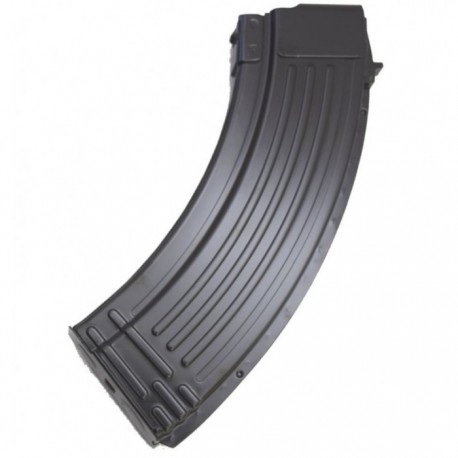Advice for those who plan to upgrade
Before you modifying or consider an AK-47 upgrade, consider a few words of advice:
Whatever aftermarket AK-47 part you acquire, be aware that it may not always fit.
Sound strange?
Welcome to the AK universe.
Among the spectrum of Kalashnikov variants, there is no universal, Mil-Spec standard. From an American perspective this may seem odd, but it can be understood by considering the rifle’s genesis.
Though the Soviets demanded that Warsaw Pact constituents adopt the AK-47 as their military rifle, they allowed members to purchase them from either the Soviet Union or license and manufacture their own AK rifles. (Czechs were exempt for many reasons and instead of the AK fielded their own homegrown assault rifle, the Samopal vz. 58.)
The Soviets weren’t concerned about parts interchangeability with variants of different origins. They only required that the rifles all be of the same design and that they use the same magazines, the same standard 7.62×39 cartridges and the same manual of arms. Thus a Romanian soldier should be able to pick up and use an AK made in Hungary, East Germany, Russia, Bulgaria, etc., with equal facility.

The AK platform, in effect, became “Balkanized.” Every country (including many outside the old Soviet Bloc) produced its own slight variation on the theme. Whether
Serbian or Israeli, the specs, such as the thickness of the receiver, type of stock, etc., might be slightly different.
With this in mind, Jim Fuller, founder of Rifle Dynamics, once quipped that gunsmithing an AK is more akin to “blacksmithing.” What he meant was that building an AK always entailed modifying parts to make them fit. That may mean taking sandpaper, a file or even a dremel to the parts in question.
So why should the buyer be aware of this?
Although the average user will mostly likely not build an AK from the ground up, chances are he or she will add aftermarket parts. For that reason, it’s good to be cognizant of Fuller’s admonition about AK-47 upgrades.
The rule of thumb is that any part you add to your rifle may entail slight modification. This video from UltiMAK which illustrates how to install an Arsenal lower handguard in conjunction with their M1-B optic mount depicts typical modifications demanded when adding third party parts.
























